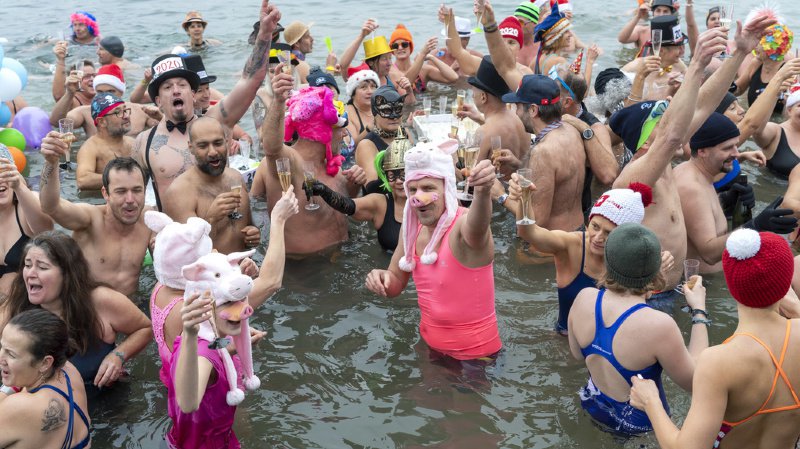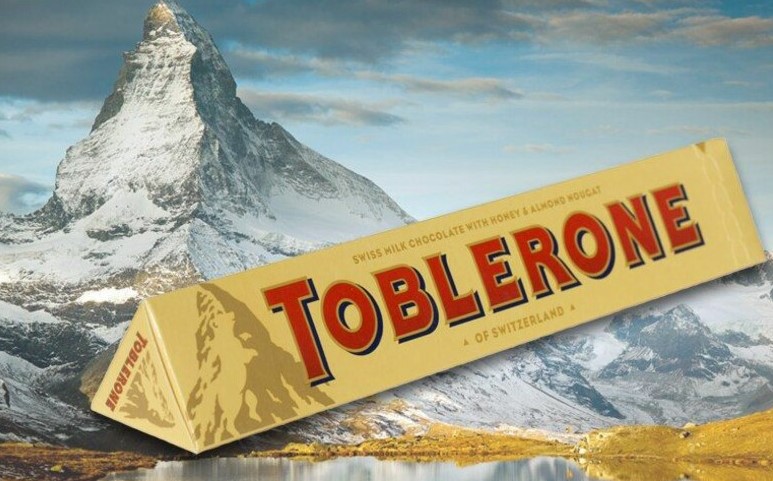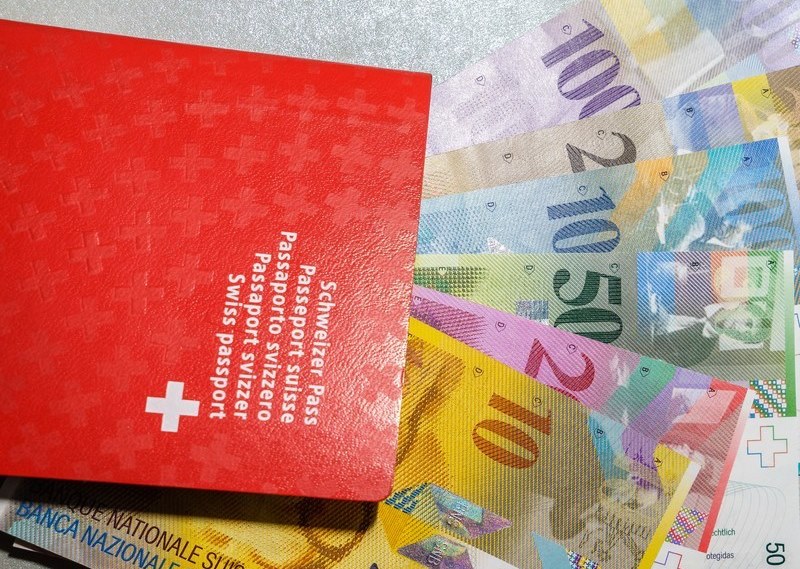The exhibition broke the ice between the two countries and drew a new kind of attention to their relationship. Switzerland hasn’t always been a land of asylum taken over by “freeloading immigrants” as it is sometimes thought to be. 300 years ago it was the Swiss people who emigrated to Russia, fleeing the bad economic conditions in their homeland and attracted by Russia’s numerous resources.
Russians never complained about it.
What if immigration was a mutually beneficial phenomenon? The work of a scenographer who recently graduated from the Lausanne Cantonal School of Art (ECAL) helped to shed new light on this issue. The exhibition portrayed a great Russia surrounded by several little Switzerlands. The works were exhibited through transparent panels suggesting that Russia is no longer the dark and closed country it was at the time of the cold war, but a free country open to dialogue.
Alexandra Kaourova is the scientific commissioner of the exhibition. We asked her four questions:
Is the exhibition the product of a collaboration between the two countries? Yes. Private and public institutions such as the Kunstkamera, the Fabergé archives, the Marine archives and the Moscow film archives all accepted to lend some of their collections’ most beautiful works to Lausanne’s historic museum for this exhibition.
Why does the exhibition’s title convey a forgotten relationship between the Russians and the Swiss? The title refers to several periods. Firstly, the period from 1918-1946 when the two countries had ceased all diplomatic relations and preferred to “forget” one another’s existence. Secondly, it refers to the positive chapters of history that have simply been forgotten. When visiting the exhibition, many are surprised to learn that the Basel native Euler had lived in Saint Petersburg, that Ticinese architects played a big part in the construction of this city and that Stravinsky and Ramuz created a play together called “The soldier’s history” when Stravinsky visited Switzerland.
What is special about the relationship between Russia and Switzerland? It is a history made up of human relationships.
One must understand that it is not only famous figures that founded the Swiss-Russian ties. Many ordinary Swiss people went to Russia to earn a living. Lenin, Kropotkine and Bakunin relied on the support of the Russian community in Switzerland to accomplish their projects. History is made up of individuals who are either leadres or victims of the times they live in. One cannot talk about great events without speaking of the individuals who played a part in them.
Which was for you the most interesting piece of the exhibition? I would say the work of the Ticinese photographer Ivan Bianchi. They are the first known photographs of Saint Petersburg.
Furthermore, the photographs coincide with the birth of this art. They were discovered in 1983 and have only been shown 4 times. Even the Director of theMusée de l’Elysée was impressed The exhibition at the historical museum of Lausanne gave way to another event: a special Swiss-Russia evening took place on March 22nd at the film library in Lausanne. The evening was organised in three different parts. The first session was dedicated to the projection of short period films relating to Russian-Swiss news during the years 1940-1970.
These included documentaries of Russians imprisoned in Switzerland, of Swiss settlers forced to flee Russia after the arrival of soviet troops, and another on the rediscovery of Moscow through tourism.
A lively discussion led by Guy Mettan took place after the projection. With the participation of two Russian speakers, he invited the public to join the conversation which was rich in often moving tales of individuals who had carried out their lives in the two countries.
“Suvorov”, the 1941 movie by Pudovkin attracted a large audience. Suvorov was the supreme commander of the Austro- Russian army. The showing of this rare movie, which tells the story of the crossing of the Alps from Venice to Zurich by Suvorov’s troops in order to counter the Napoleonic army, was a true event.
The evening was so successful that the film library had to turn people away due to a lack of seating space.













